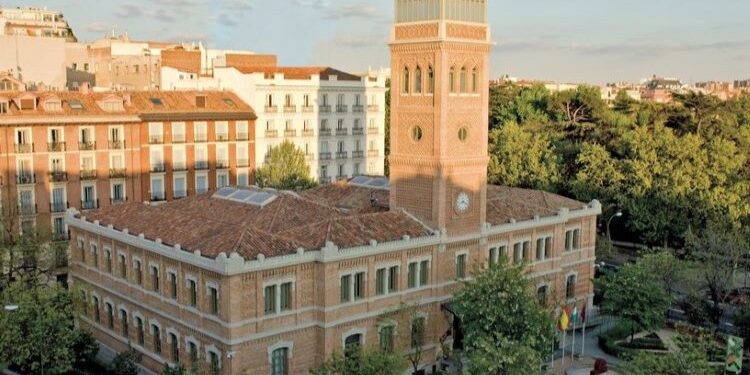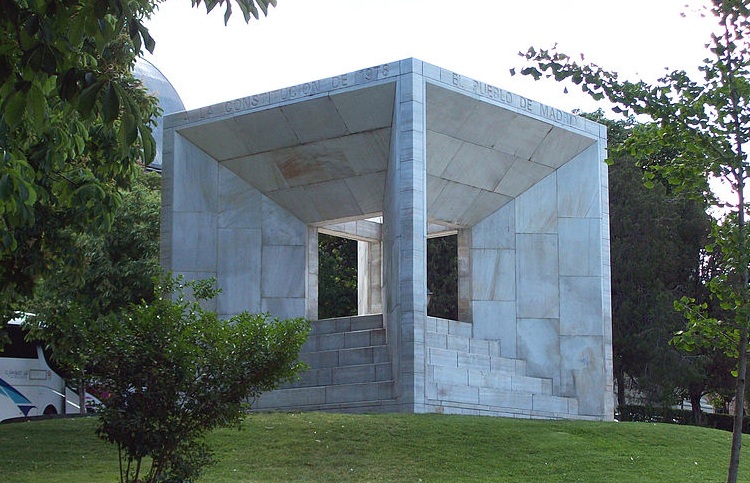Eduardo González
The Council of Ministers has approved this Tuesday the Royal Decree granting the maximum heritage protection to the Casa Árabe headquarters in Madrid, as a Site of Cultural Interest (BIC), in the Monument category.
The cataloging of the Casa Árabe headquarters, located in the former Aguirre Schools, as a Site of Cultural Interest (BIC), aims to protect the heritage of its historical and artistic values, as well as to increase its knowledge and take appropriate measures for its correct conservation.
The building, the work of the architect Emilio Rodríguez Ayuso, completed in 1886, is one of the main Madrid examples of the so-called neo-Mudejar architecture, a historicist trend of great complexity and expressiveness, which emerged at the end of the 19th century. Located at number 62 on Calle Alcalá, next to the northern entrance to Retiro Park, it is currently included in the boundaries of the so-called Landscape of Light, declared a World Heritage Site by UNESCO in 2021.
The Aguirre Schools were founded on the initiative of the philanthropist Lucas Aguirre y Juárez, a businessman from Cuenca whose interest in culture and education led him to use part of his fortune to found schools with innovative pedagogical methods for the time.
The complex, which belongs to the Madrid City Council, has been used for various purposes over the years. In March 2008, the Madrid City Council, after a modern remodelling of its interior spaces, gave the building to Casa Árabe, which has since been the headquarters of the institution in Madrid.
Casa Árabe is an entity of Spanish public diplomacy that operates as a strategic centre in Spain’s relations with the Arab world. Its consortium is made up of the Ministry of Foreign Affairs, the Spanish Agency for International Development Cooperation (AECID), the Junta de Andalucía, the Community of Madrid, the Madrid City Council and the Córdoba City Council.
Since its foundation in July 2006, Casa Árabe – which has two headquarters, in Madrid and Córdoba – has been working as an active platform and tool for Spanish public diplomacy, integrating its actions into the Casas Network together with Casa de América, Casa Asia, Casa África, Casa del Mediterráneo and Centro Sefarad-Israel.
The declaration as a Cultural Interest Asset includes both the main building, with a rectangular and symmetrical volume, and the two pavilions located in the garden, surrounded by a fence. The main building was conceived organized on two floors, with educational spaces that were highly innovative for the time, and has a 37-meter tower above the core consisting of two bodies, one made of brick and the other made of glass, located in the central part of the main façade.
For its construction, load-bearing brick walls were used, either in a straight or Spanish style, in which the different facade decorations were included with the recesses and projections. Its most characteristic element is the exposed brick facade, which hides a complicated internal distribution of bricks and joints that has not changed despite the multiple reforms that have transformed both its exterior and interior appearance over the years.







